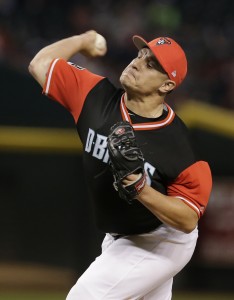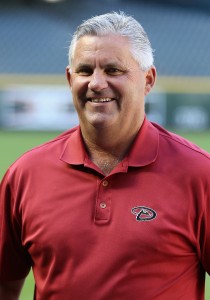Here are Monday’s minor signings from throughout the league…
- The Reds announced that they’ve signed right-handed reliever Ben Rowen to a minor league contract and invited him to Major League Spring Training. The 29-year-old Rowen has just 11 2/3 MLB innings under his belt (none since 2016), but the sidearmer has a lengthy track record of success in Triple-A. While Rowen had a down season in 2017, working to a 4.41 ERA in 63 1/3 innings, his struggles came in a hitters’ paradise — the Mets’ Triple-A affiliate in Las Vegas. Overall, Rowen has a career 2.81 ERA with 6.9 K/9 against 1.8 BB/9 in parts of five Triple-A campaigns, and he has routinely racked up ground-ball rates north of 60 percent thanks in large part to his unorthodox delivery.
- The Dodgers have inked former Cubs/Rockies outfielder Tyler Colvin to a minor league deal, tweets SB Nation’s Chris Cotillo. Now 32 years old, Colvin hasn’t been in the Majors since 2014 and hasn’t been affiliated with a big league organization since a 2015 stint with the White Sox’ Triple-A club. He spent the 2016 season with the Long Island Ducks of the independent Atlantic League and struggled to a .218/.264/.339 slash through 277 plate appearances, and he didn’t play professionally in 2017. Colvin had success in the Majors back in 2010 (113 OPS+) and 2012 (114 OPS+), but his overall .239/.287/.446 slash through 1309 MLB PAs is reflective of the fact that he’s had more struggles than success in the big leagues.


